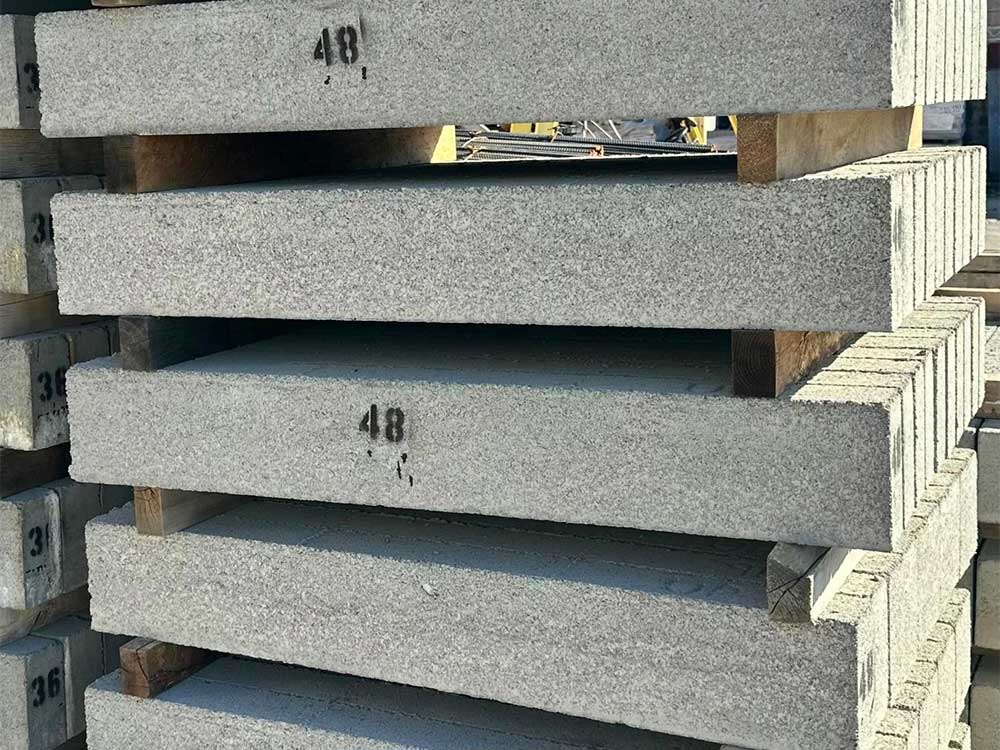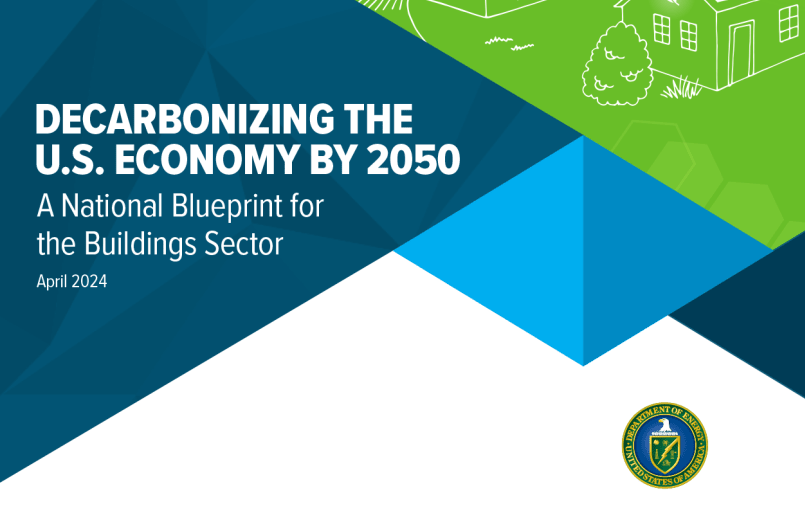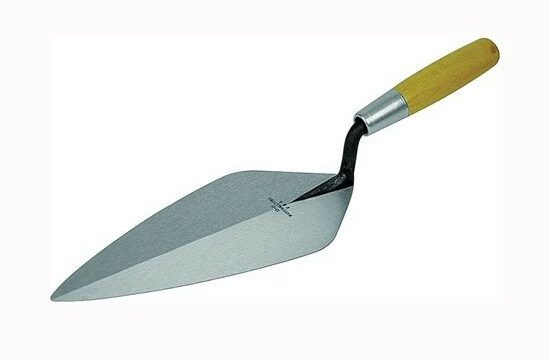Builder’s Guide To Fiberglass Rebar
With the growing demands in the market for Glass Fiber Reinforced Polymer (GFRP), builders must be familiar with this material. Research on the efficacy of GFRP confirmed GFRP as the solution to strengthened concrete technology. The non-corrosive, non-conductive, and lightweight properties of fiberglass rebar deliver cost savings and longevity in the long term. Steel rebar is susceptible to corrosion which requires additional protection coatings or corrective maintenance in the long run. Fiberglass rebar is cheaper with the increasing price of steel, giving you a cost advantage over using steel. Here is a handy builder’s guide to fiberglass rebar.
What are the Benefits of Using Fiberglass Rebar Over Steel Rebar
Fiberglass rebar is not only cheaper than steel rebar; it delivers higher overall performance. Here is the list of benefits of using fiberglass rebar.
- Non-corrosive: Fiberglass rebar is rust-proof, eliminating spalling problems like cracks. It can be used in harsh weather conditions and extreme environments like building a sea wall.
- Non-ferrous and non-conductive: It is a non-metal material and does not interfere with electromagnetic equipment or places. Ideal to use in projects with electromagnetic sensitivity.
- Resistant to chemicals, water, and low thermal conductivity: Fiberglass rebar is more resistant to chemicals than steel rebar. This reduces the need for a protective coating against chemicals or water. Having a low thermal conductivity, it also acts as a good insulator.
- Lighter than steel: Fiberglass rebar is about 75% lighter than steel rebar. This reduces freight charges and makes handling much easier for your labor force. It also enables simple and quick installation.
- Stronger than steel: The tensile strength of fiberglass rebar is about three times more than an equivalent diameter piece of Grade 40 steel rebar. Its shear strength is just slightly below that of steel.
- Longevity in service life: Fiberglass can withstand harsh and changing environmental conditions when set into concrete. When properly stored, it also has a longer shelf-life than steel rebar.
What Type of Projects are Fiberglass Rebar Suited for?
It is crucial to consider different variables when deciding the type of structural reinforcement to use for various projects. For example, building a sea wall would require the use of water-resistant and rust-proof materials.
Fiberglass rebar is suitable for use in various places and projects. It is non-corrosive and strong enough to withstand harsh weather and environmental conditions. So, it is an ideal choice for roadways in Northern climates where chemicals or de-icing salts are used.
Being non-conductive, fiberglass rebars are suitable for projects with electromagnetic sensitivity. The need occurs for projects with sensitive equipment or projects in scientific and medical facilities, electrical substations, information technology, or airports.
What Sizes Does Fiberglass Rebar Come In?
All sizes from #3 to #14.
As an alternative to steel rebar, fiberglass rebar has different product lines tailored to replace steel in both flatwork and formwork/structural (as well as masonry).
- The 4EQ category is the strongest and largest structural rebar equivalent to #3, #4, #5, and #6 in structural concrete elements.
- High Mod covers the full range of options for structural steel bars up to #11.
- For alternatives to welded wire mesh or other flatwork applications, 3MAX and 4MAX composite rebars substitute for #3, #4, and #5 (in 4MAX only). As fiberglass is highly resistant to environmental elements, it is an ideal alternative to galvanized wire mesh. Fiberglass rebar also allows more increased bar spacing.
For more technical data, please click here.
How To Handle Fiberglass Rebars?
For safety considerations, wearing safety gear, such as gloves and safety goggles or masks, is vital when working with fiberglass rebars.
- Bending: For safety and convenience, manufacturers will fabricate large-radius bends. With our proprietary MST-BAR(r) BEND technology, Ernest Maier has the most efficient turnaround time for any fabricated bent bars. Contact us to learn more.
- Cutting: We recommend using a diamond-tipped saw blade for the best results. Cuts can be made quickly and accurately.

VP of Sales- Accessory DivisionMike Simon
Latest News
4 Features That Makes Masonry Supply Company Stand Out
A masonry supply company plays a crucial role in the success of construction projects, providing essential materials and expertise to […]

Choosing The Right Size Lintel For Your Project
Determining the correct size of a lintel is critical for the stability and longevity of your construction project. A lintel […]

Data Misses on Embodied Carbon
There is significant urgency to avoid, reduce, or even reverse the emissions of greenhouse gases (CO2e) to avoid the worst […]

4 Masonry Tools You Should Have At Home
Effective and efficient masonry work, whether for repairs or new projects, requires the right tools. At home, having a basic […]
